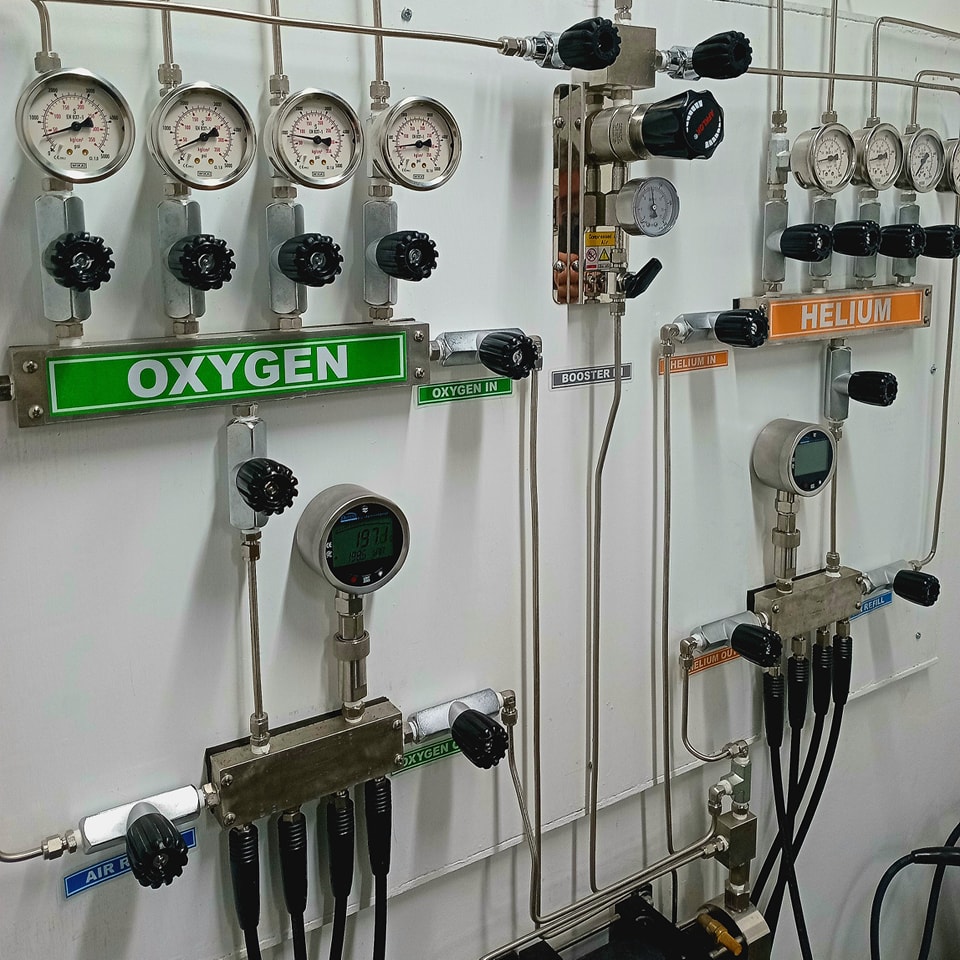Technical DPV
Course Description
The purpose of the TDI Diver Propulsion Vehicle (DPV) Course is to familiarize divers with the skills, knowledge, planning, organization, procedures, techniques, problems, and hazards of using DPV’s while technical diving.
Course Pre-requisites
- Minimum age 18, 15 with parental consent Certified Open Water Scuba Diver or equivalent
- Proof of 25 logged open water dives
In-water Skills during dives
- Proper use of DPV.
- Gas-sharing ascent with DPVs clipped off.
- Ascent with a disabled DPV.
- Tow a team member and his disabled DPV.
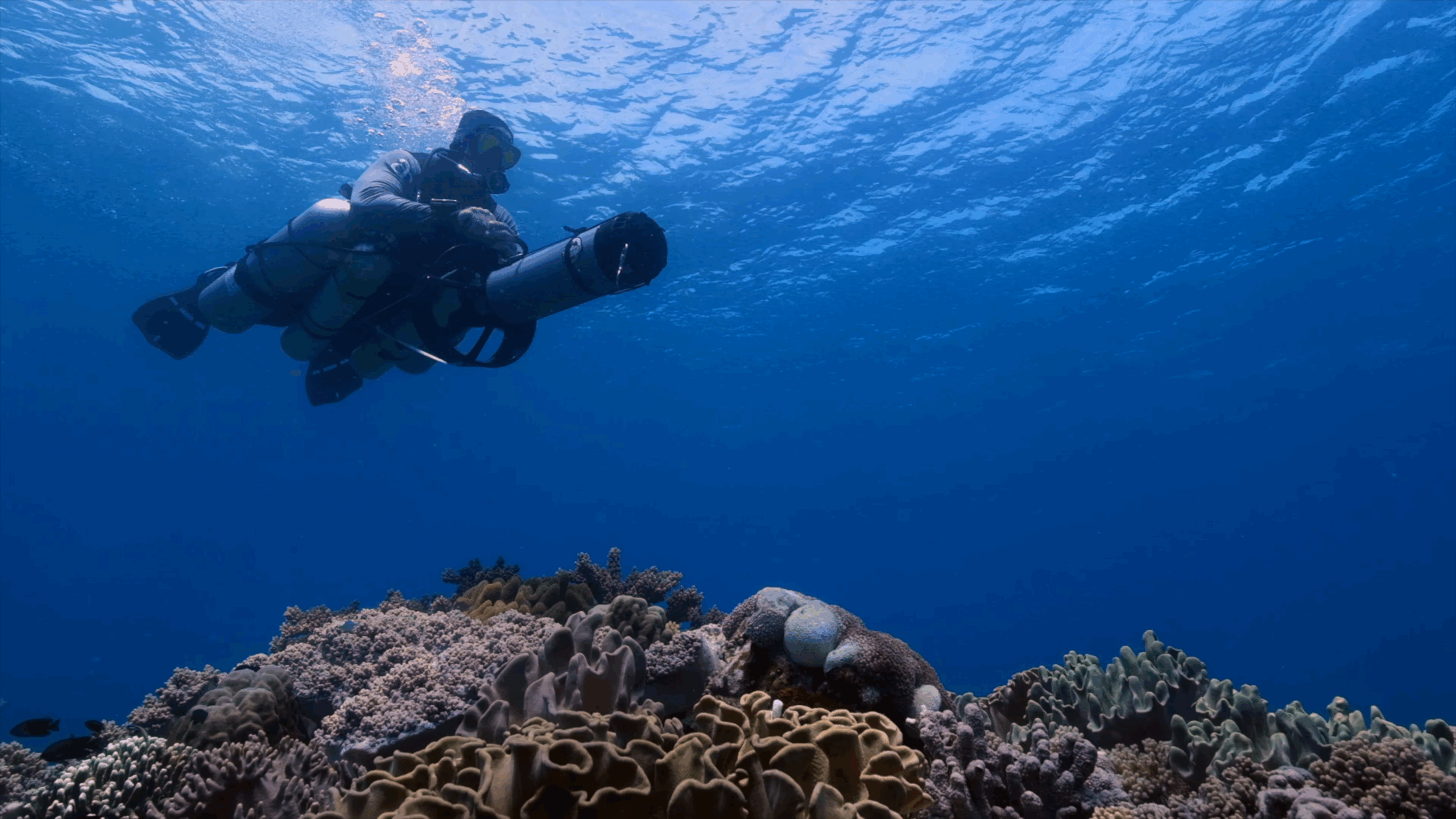
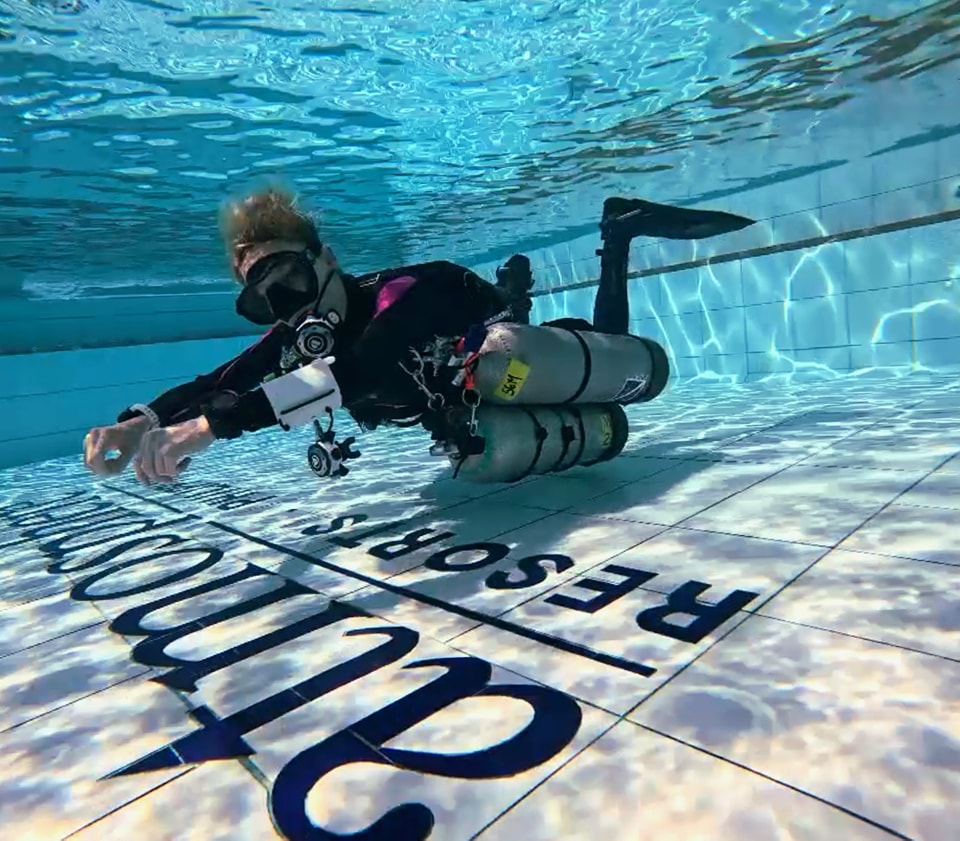
Technical Sidemount
Course Description
Sidemount course is designed to teach certified divers how to safely utilize side-mounted primary cylinders as an alternative to the traditional back-mounted configuration. This course can be combined with Solo diver course, Intro to tech, and Decompression procedures. If combined the standards for both courses must be met.
Course Pre-requisites
- Minimum age 18, 15 with parental consent.
- Certified as an Open Water Diver or Equivalent.
- Proof of 25 logged open water dives.
Required Skills
- Demonstrate various propulsion techniques.
- Demostrate adequate buoyancy control.
- Demonstrate adequate trim.
- Demostrate the ability to safely manage gas in independent cylinders.
- Demostrate conservation, awareness, and back-referencing techniques.
- Deploy a lift bag.
- Carry additional cylinders is optional.
Solo Diver
Course Description
Solo diving, once considered technical diving and discouraged by most certification agencies, is now seen by many experienced divers and some certification agencies as an acceptable practice for those divers suitably trained and experienced. Rather than relying on the traditional buddy diving safety system, solo divers should be skilled in self-sufficiency and willing to take responsibility for their own safety while diving
Required Skills
- 200 meters/600 feet surface swim in full scuba equipment.
- Demonstrate adequate pre-dive planning.
- Plan dive limits based on personal air consumption rate.
- Plan the exact dive and properly execute the planned dive.
- Equipment configuration appropriate for solo diving.
- Proper descent/ascent rates.
- Monitoring of decompression status equipment; tables, computers, equipment, etc.
- Compass navigation skills.
- Demonstrate emergency change over to redundant air supply (not to exceed 30 meters/100 feet).
- Deploy surface marker buoy (SMB).
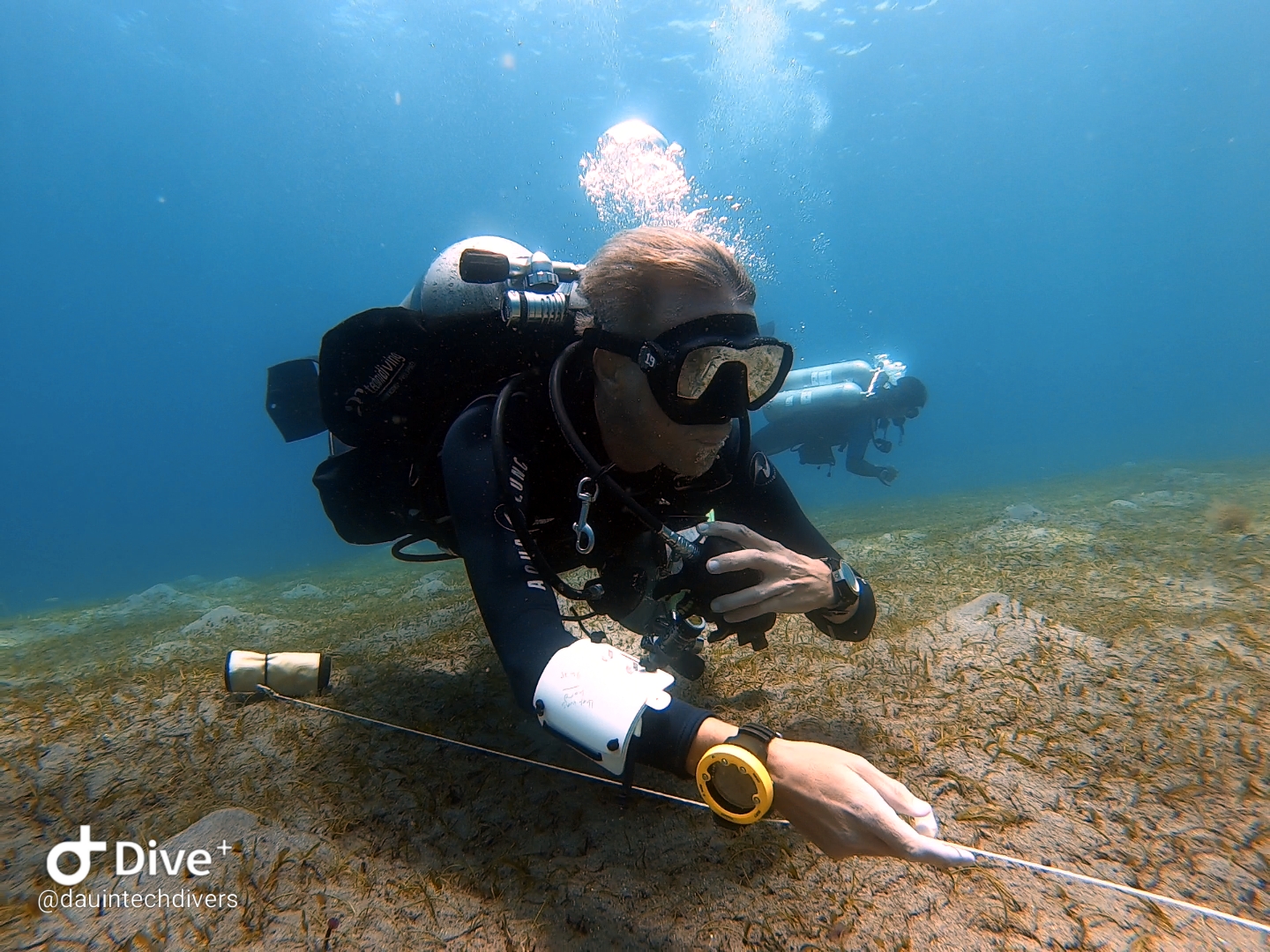
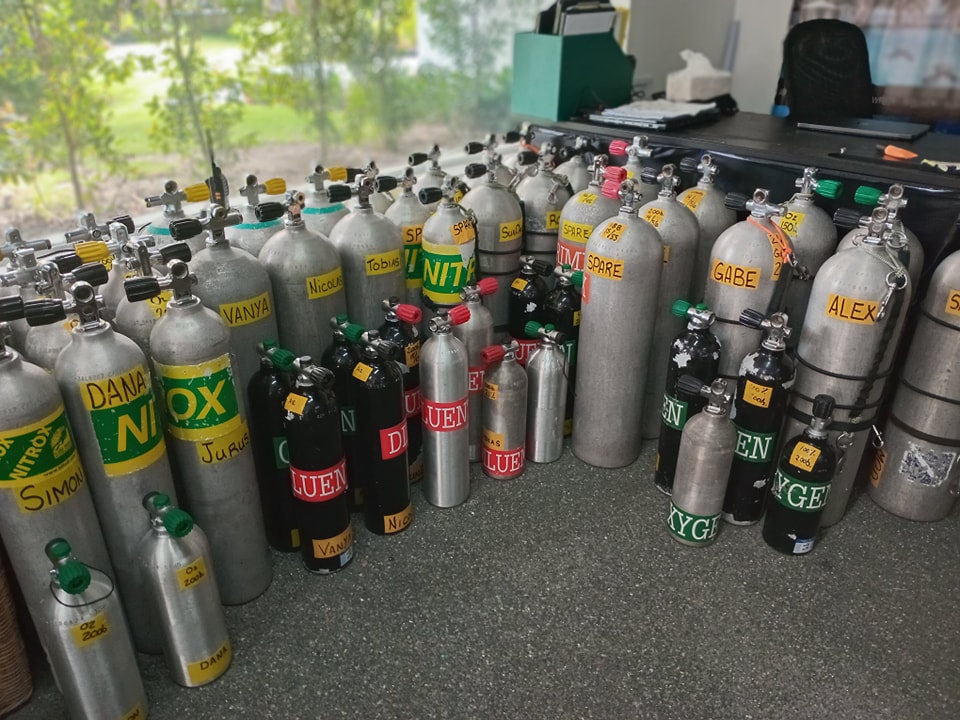
Nitrox Gas Blender
Course Description
Nitrox Gas Blender Course will take you through the blending of nitrox in an easy-to-understand format. This course provides the training required to competently blend nitrox gas. The objective of this course is to train candidates in the proper techniques, equipment requirements and hazards involved in blending nitrox gases for recreational scuba diving activities.
What you can expect to learn
-
The responsibility of the Gas Blender
-
Gases of diving
-
Air / Oxygen / Nitrogen
-
Oxygen handling
-
Oxygen hazards
-
Causes and prevention of oxygen fire
-
Oxygen system design
-
Local regulations for gas blending and handling
-
Gas production equipment
-
Compressors / Cylinders / Filtration systems
-
Analog gauges / Oxygen analysis
-
Oxygen analyzers
-
Cylinder handling and sign-out
-
Mixing techniques
-
General considerations
-
Continuous blending systems
-
De-nitrogenated air systems
-
Pre-mix system
-
Partial pressure blending mathematics
Advanced Gas Blender
Course Description
Able to engage in the blending of oxygen and helium-based gases. The objective of this course is to train candidates in the proper procedures needed for the preparation and blending of high-quality nitrox and trimix gases for use in technical diving.
What you can expect to learn
- The responsibility of the Gas Blender
- Gases of diving: Air, Oxygen, Nitrogen
- Oxygen handling & hazards.
- Causes and prevention of oxygen fire.
- Oxygen system design
- Local regulations for gas blending and handling
- Gas production equipment.
- Compressors & Cylinders.
- Filtration systems
- Analog gauges
- Oxygen analysis
- Procedures, Oxygen analyzers, Cylinder handling and sign out.
- Mixing techniques.
- General considerations.
- Continuous blending systems
- De-nitrogenated air systems
- Pre-mix system
- Partial pressure blending mathematics
